Solutions
MuseBox offers different production-ready solutions that helps you to develop or deploy Artificial Intelligence systems.
The solutions can work with live stream, for interactive or live applications, and they can work with local files, when you have a big amount of files to process and also when these files are not accessible outside the local network for legal reasons.
You can also connect the core system to your industrial system through a standard protocol like ZMQ, RabbitMQ or ROS protocol.
MuseBox also supports WordPress integration for AI Application also on the cloud.
Finally, MuseBox supports different No-Code GUI for artificial intelligence pipeline composition and project generation.
Having a no-code GUI is a game-changer for businesses looking to streamline their operations and increase productivity. Rather than spending countless hours manually writing code, a no-code platform provides a visual interface that empowers users to create custom solutions without any coding knowledge. This not only saves time and resources, but also allows for more rapid prototyping and testing of new ideas. Additionally, a no-code GUI enables non-technical users to work alongside developers, ultimately creating a more collaborative and efficient workflow. With the ability to rapidly develop and iterate solutions, companies are empowered to better meet the needs of their customers and stay ahead of the competition.
You can see a useful and open-to-use no-code GUI in the documentation.
Who is the target user?
MAKE
In the context of “make-buy,” a “make” user is someone who prefers to produce a product or service in-house rather than purchasing it from an external supplier. This may be due to a variety of factors, including cost savings, greater control over the quality, or the desire to maintain proprietary technology. Make users are typically focused on optimizing their internal production processes and may invest heavily in research and development to continuously improve their products. They may also have a more hierarchical organizational structure with clear lines of decision-making authority. Additionally, make users may be more risk-averse and prioritize stability and predictability over innovation or experimentation.
this kind of user will use MuseBox for development purposes and for accelerating the learning and development process, for TIME TO MARKET purposes. ( https://doc.musebox.it/2.0.0/ )
BUY
The buy-type user in the make-buy context refers to a customer or company decision-maker who prefers to purchase products or services rather than produce them internally. This type of user values the convenience, cost-effectiveness, and quality assurance of buying from external vendors rather than investing time, resources, and expertise in developing these products or services in-house. They typically conduct thorough research and analysis to ensure vendor reliability, delivery times, and cost-effectiveness before making a purchase decision. By leveraging the expertise and resources of external vendors, buy-type users can focus on their core competencies and achieve their business goals more efficiently.
this kind of user will use MuseBox as a product or SaaS in order to accelerate machine learning tasks if the user doesn’t have any developers or want to instantly go to the market with a product ( https://store.musebox.it/ )
Analysis Tasks
Supported Hardware
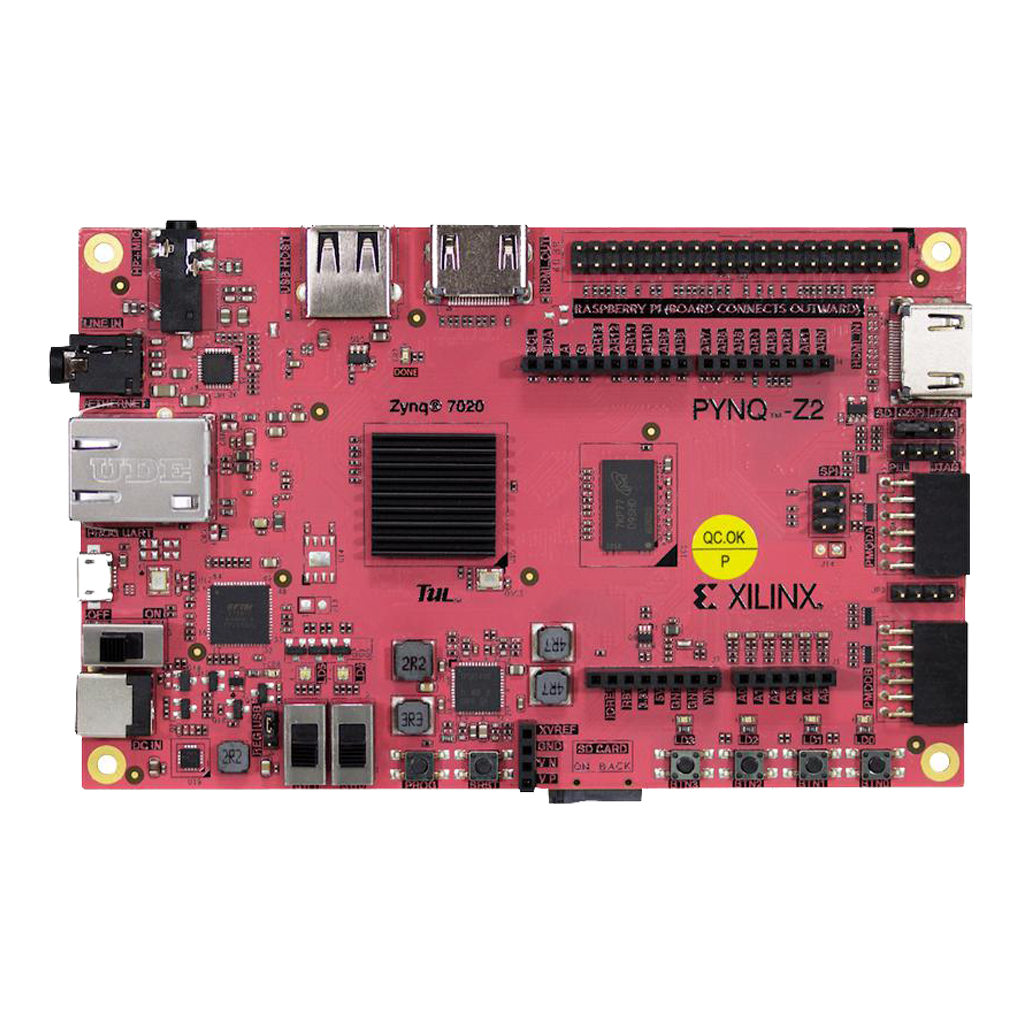
PYNQ Z2 (Zynq 7000)
- Extra low power
- Extra low cost
- Embedded solution
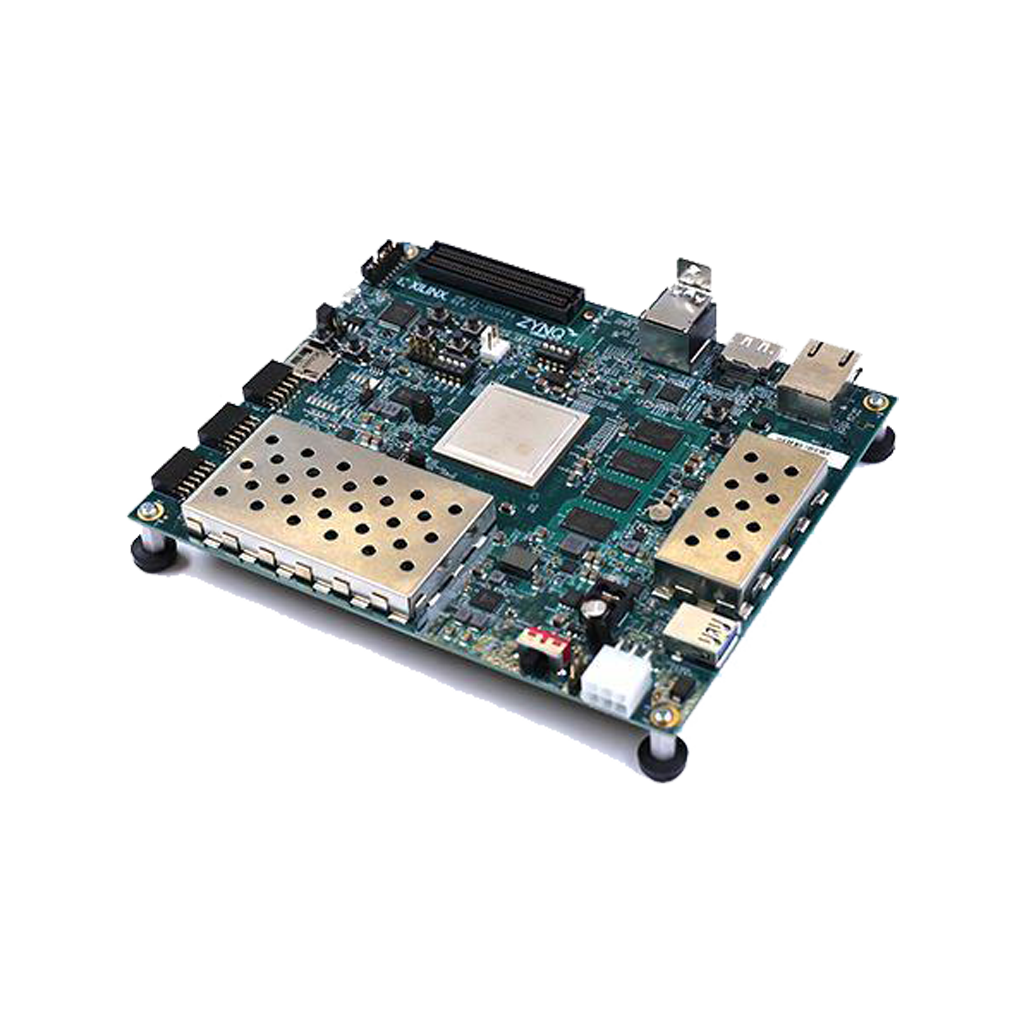
ZCU104 (Zynq Ultrascale+)
- Low power
- Video optimized
- Embedded solution
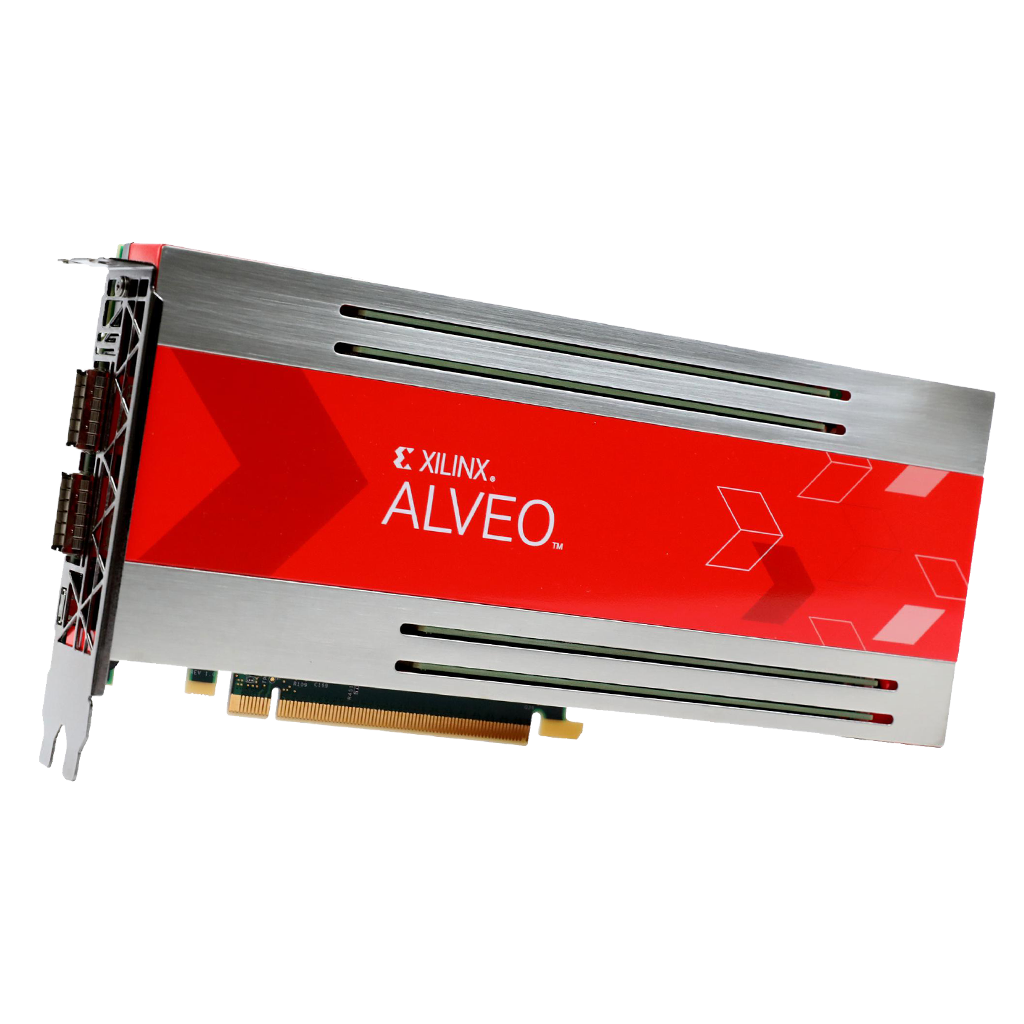
ALVEO U200
- Mid power (200W)
- Max performances
- Edge solution
- Server deployable
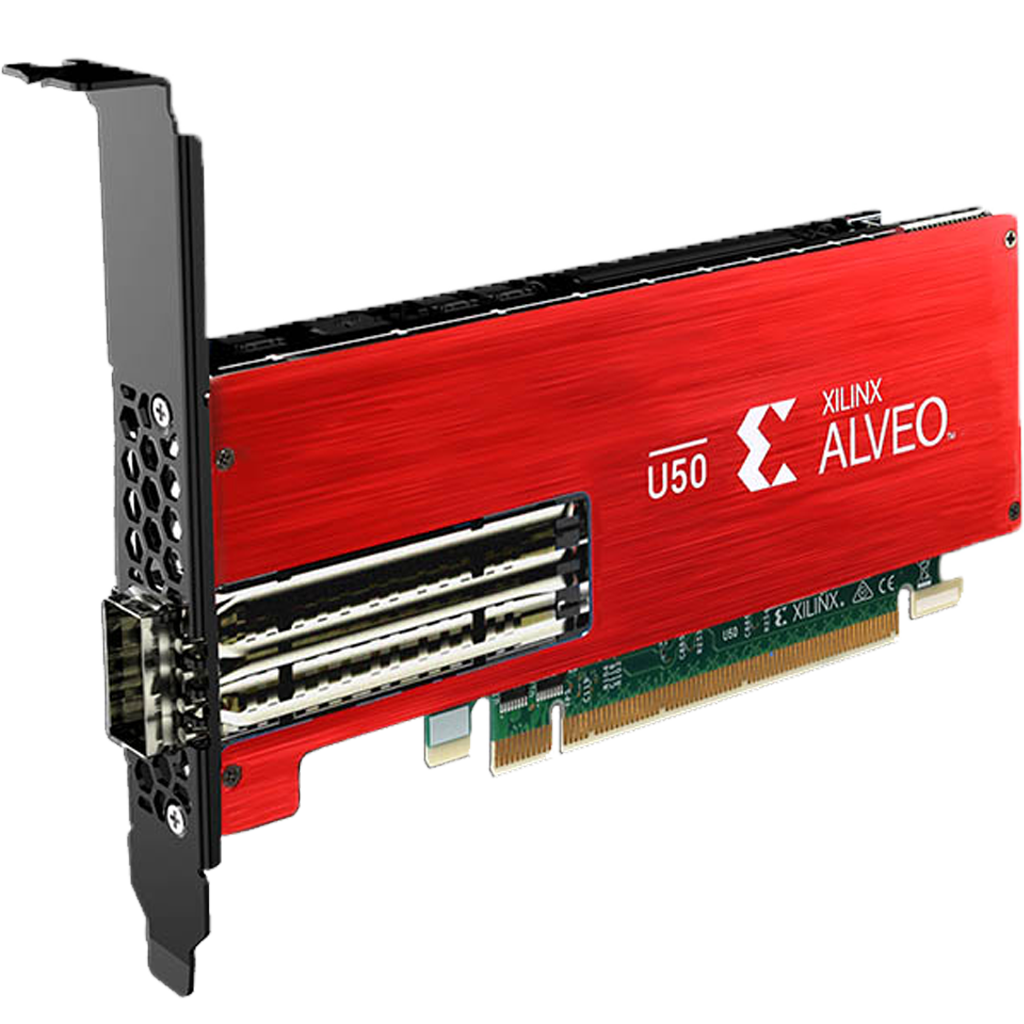
ALVEO U50
- Low power (75W)
- High performance
- Edge solution
- Server deployable
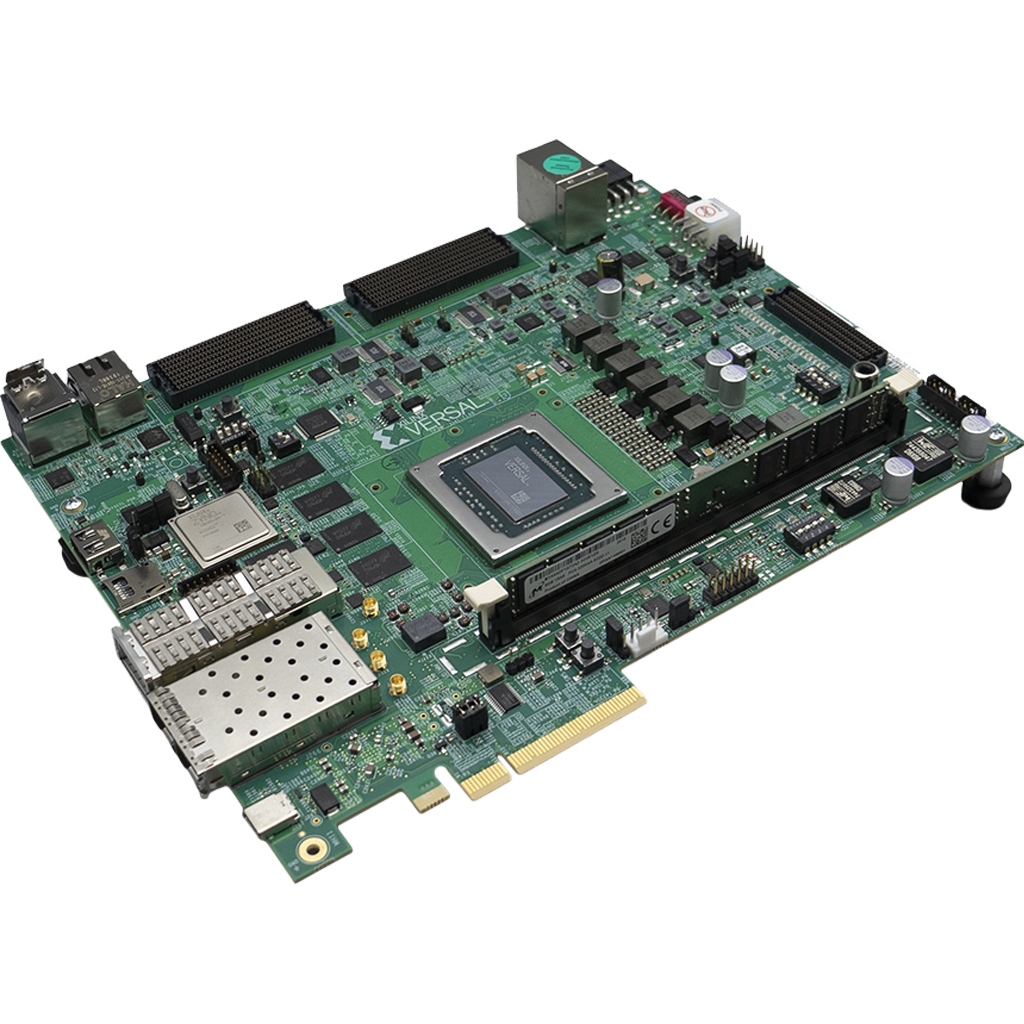
VERSAL VCK190
- Max performances
- ACAP solution
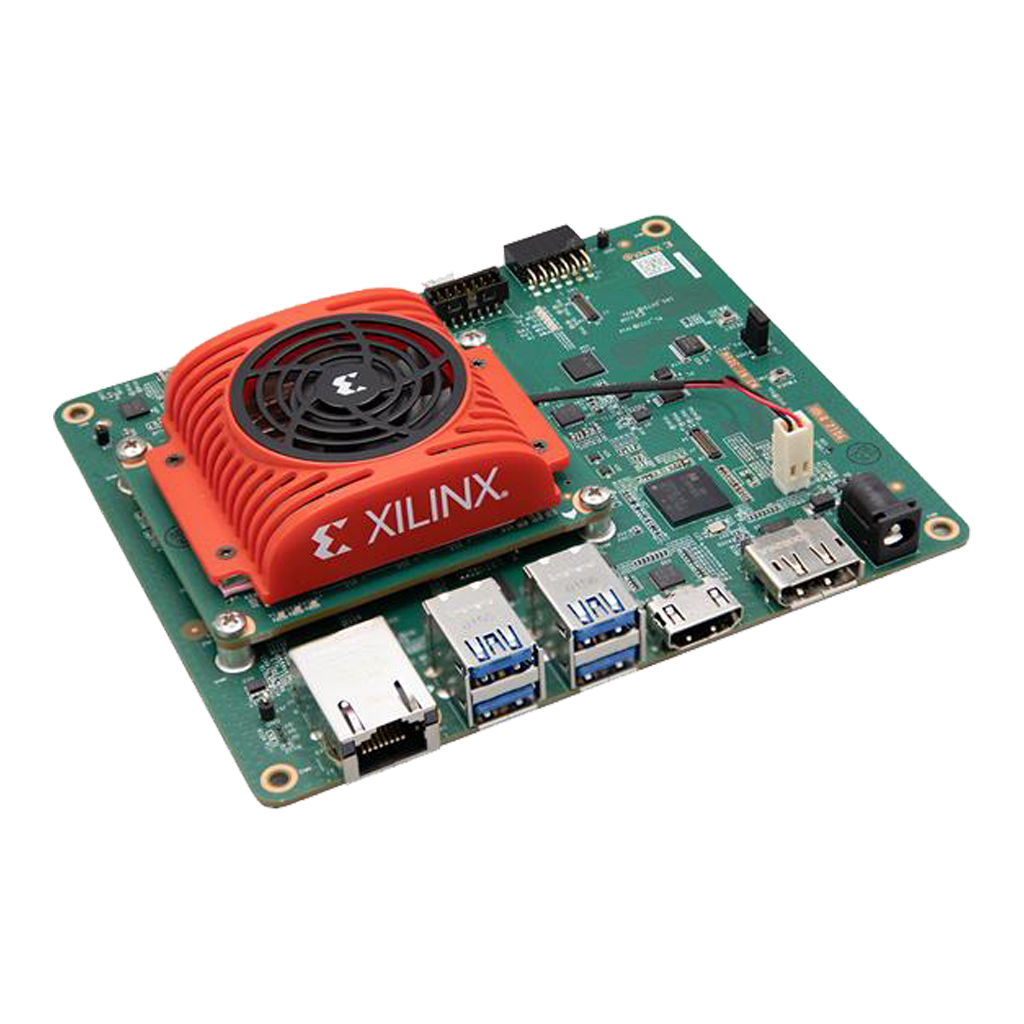
KRIA SOM KV260
- Low power
- Embedded solution
- Edge solution
- product-ready
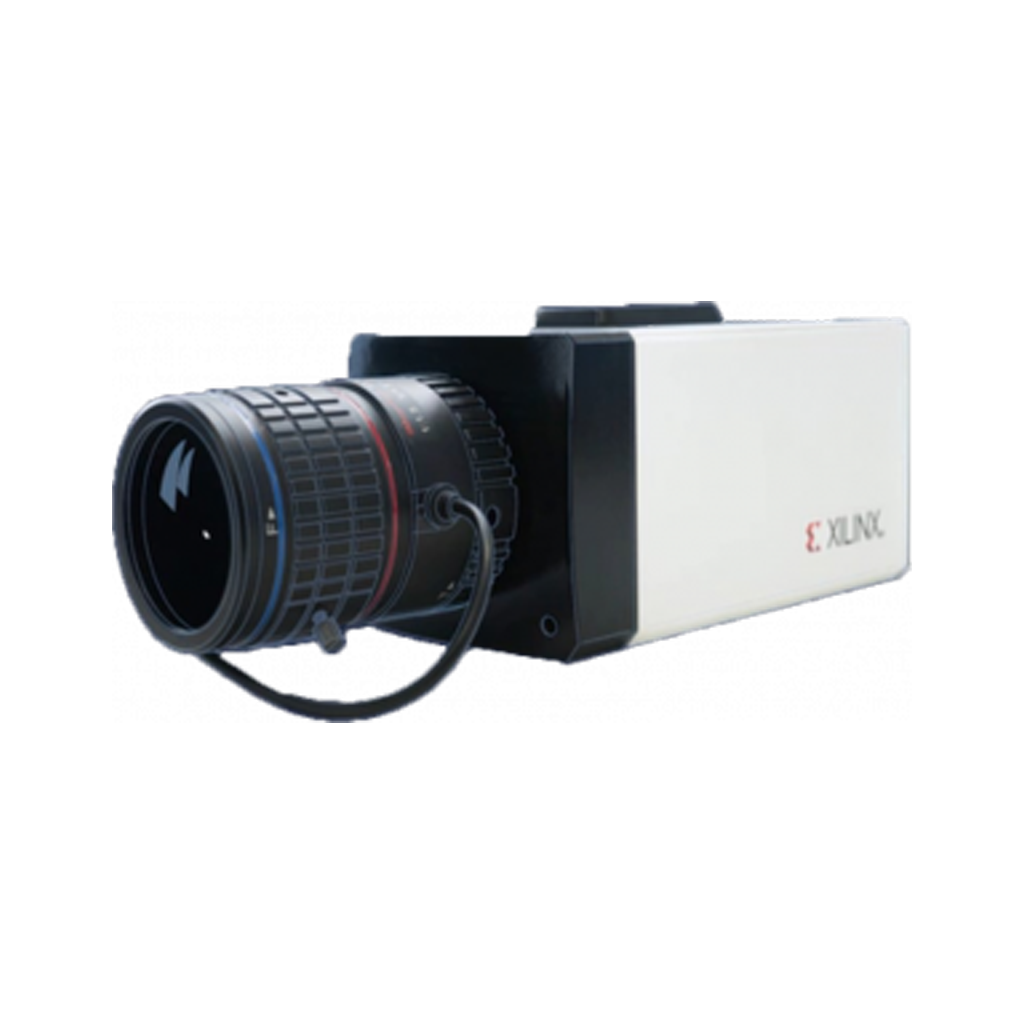
Smart Camera Plus (SC+)
- Low power
- Embedded solution
- Edge solution
- product-ready
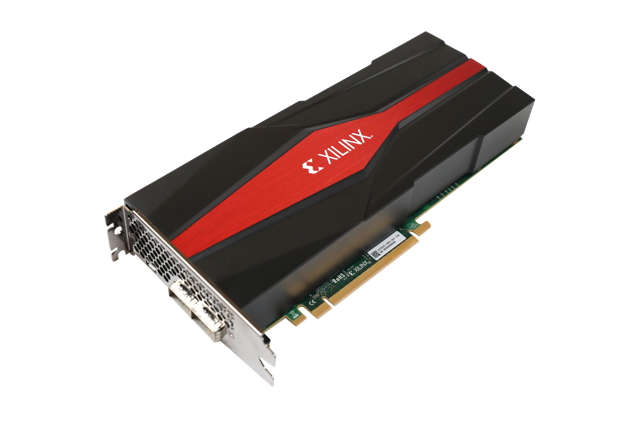
VCK5000
- Low power (250W)
- Max performances
- Edge solution
- Server deployable

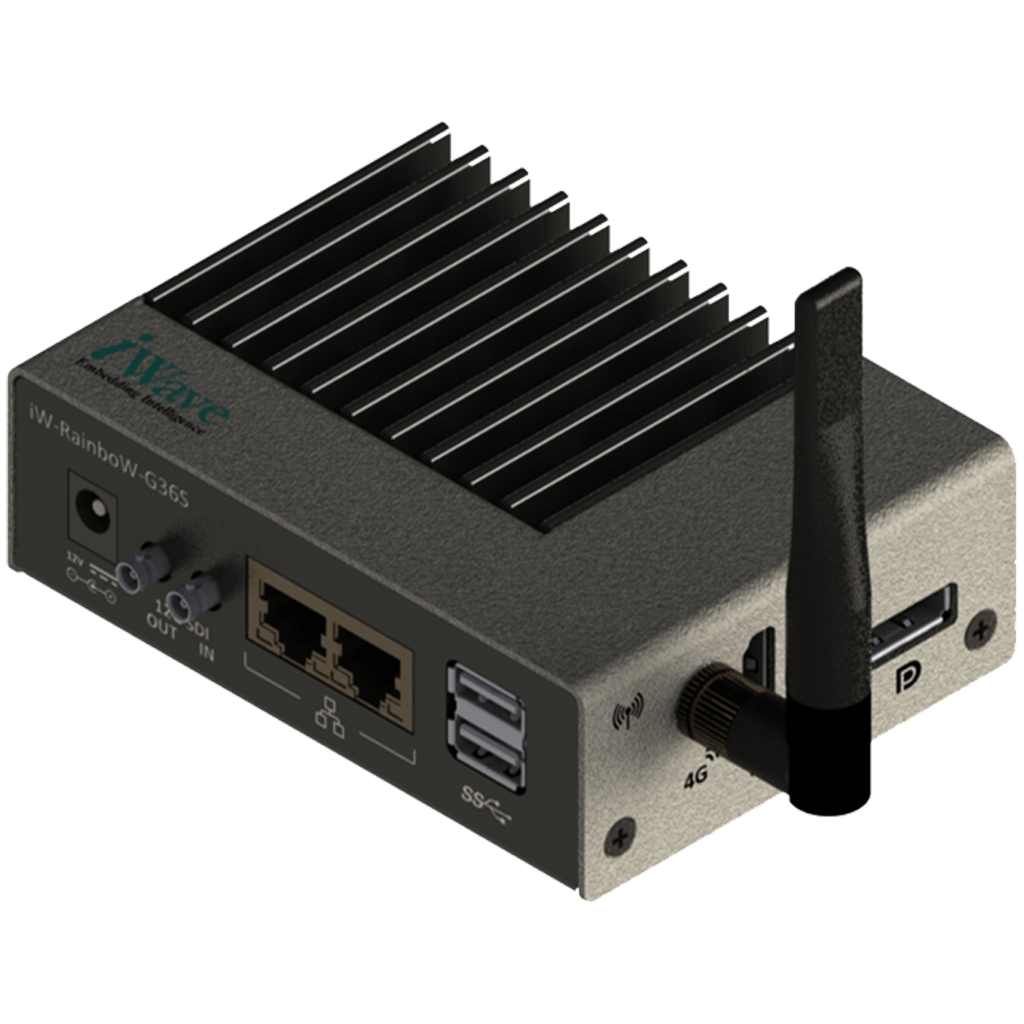
Corazon-AI (Zynq Ultrascale+)
- Low power
- Video optimized
- Embedded solution
- Edge solution
- product-ready
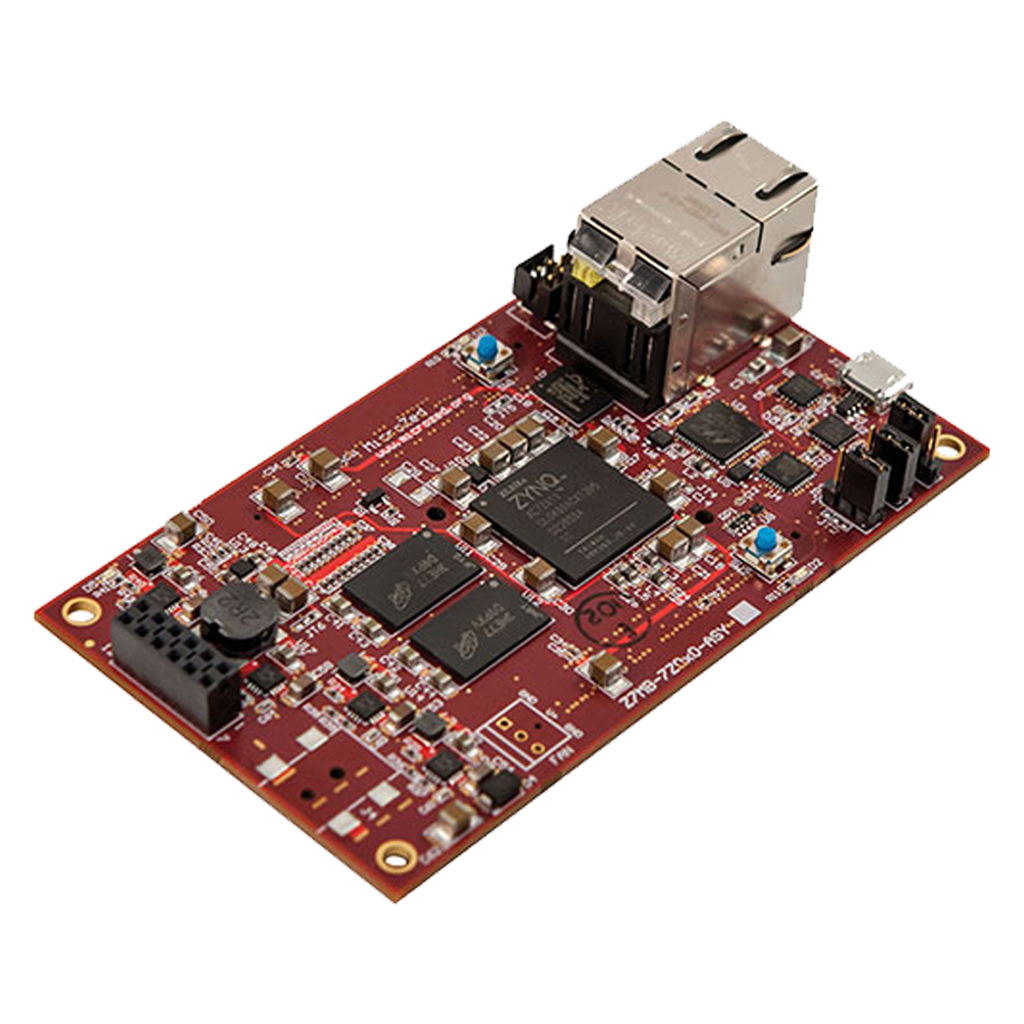
Microzed 7010 (Zynq 7000)
- Extra low power
- Extra low cost
- Embedded solution
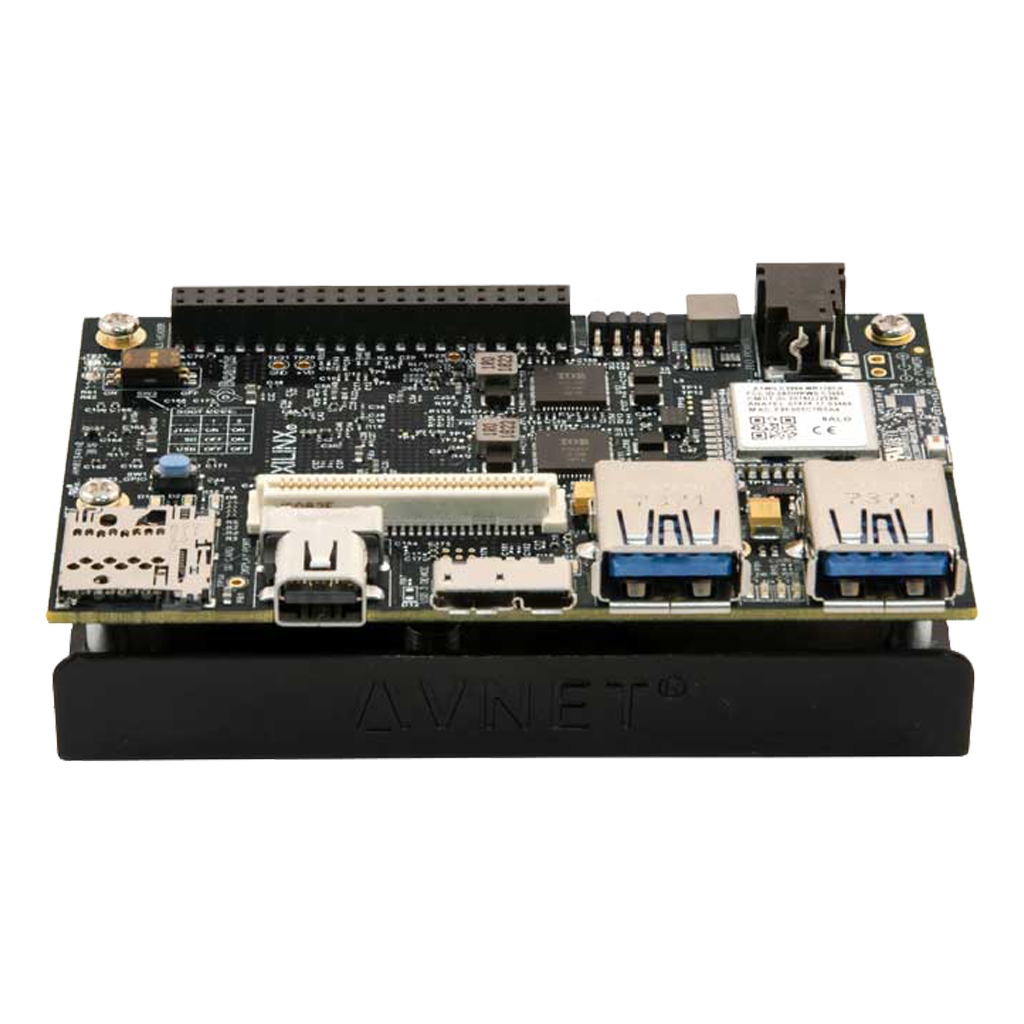
Ultra96v2 (Zynq Ultrascale+)
- Extra low power
- Low cost
- Embedded solution
- product-ready
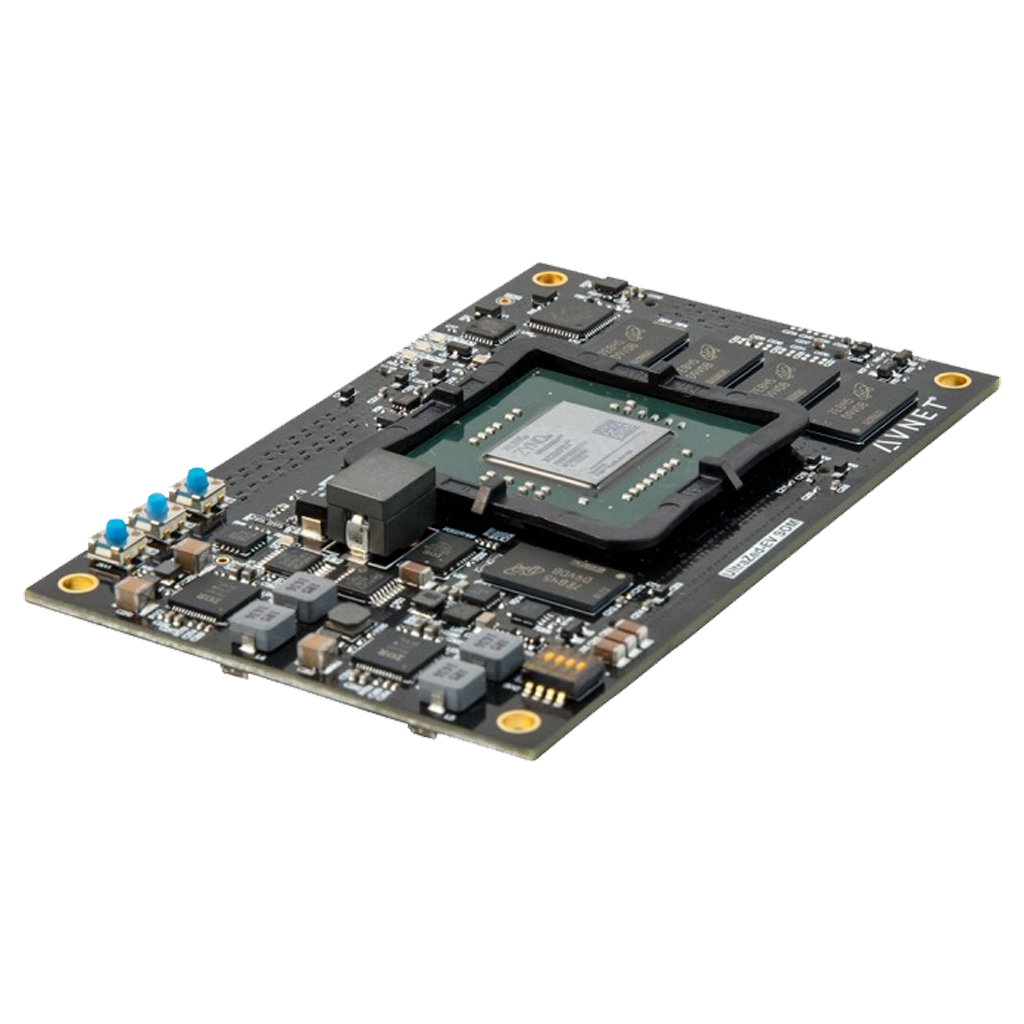
UltraZed EV (Zynq Ultrascale+)
- Low power
- Video optimized
- Embedded solution
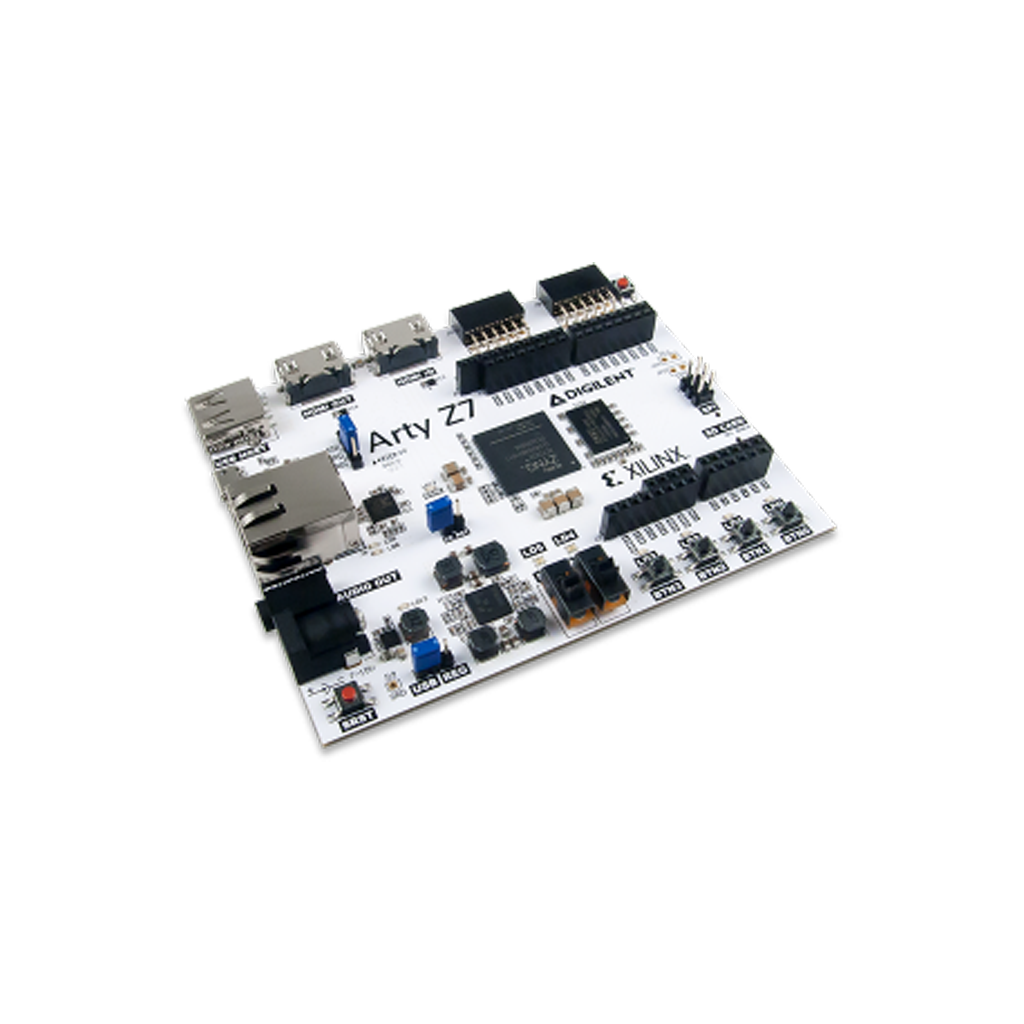
Arty Z7 (Zynq 7000)
- Extra low power
- Extra low cost
- Embedded solution
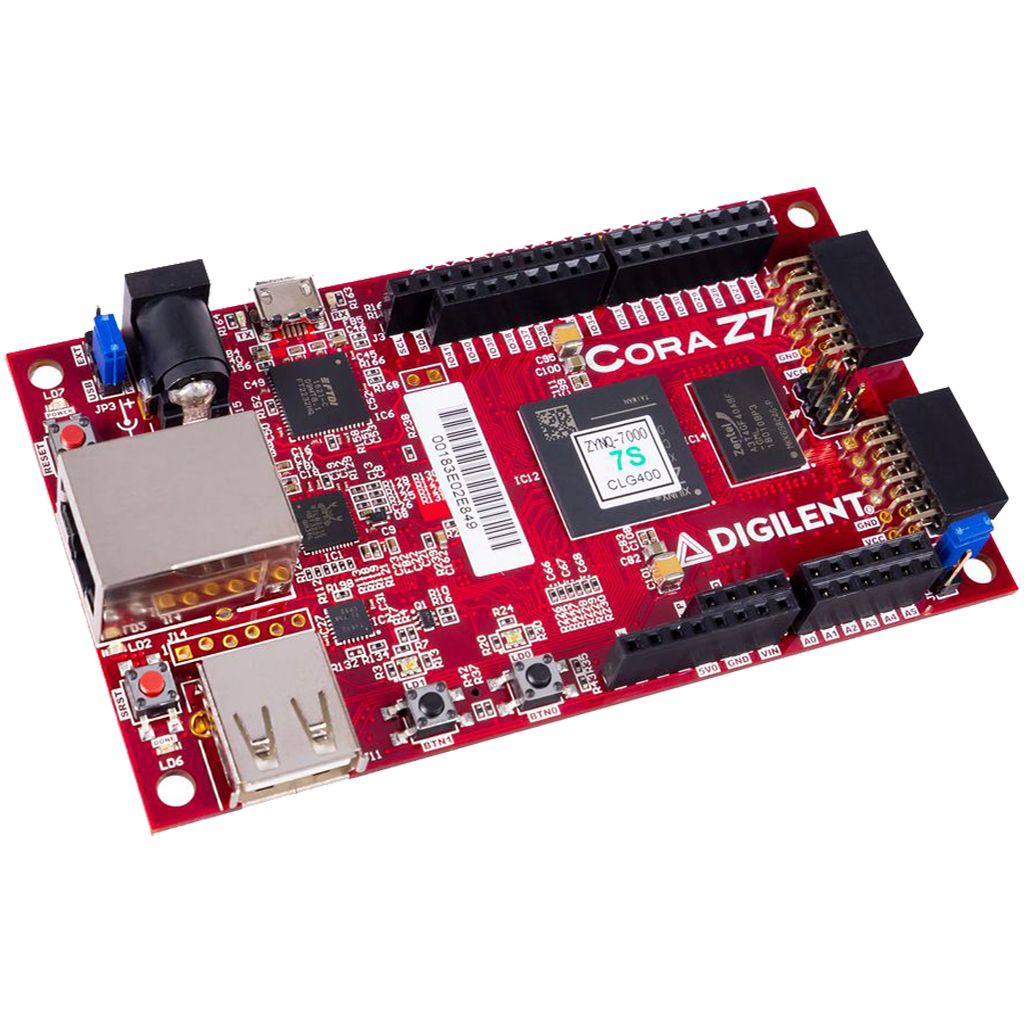
Cora Z7s (Zynq 7000)
- Extra low power
- Extra low cost
- Embedded solution
Available designs
| CATEGORY | COD NAME | DESCRIPTION | ZYNQ7000 | ULTRASCALE+ | KRIA | ALVEO | VERSAL |
|---|---|---|---|---|---|---|---|
| IP | COSINEDIST | Cosine distance | ✔️ | ✔️ | ✔️ | ✔️ | ✔️ |
| IP | FFT | FFT | ✔️ | ✔️ | ✔️ | ✔️ | ✔️ |
| IP | STFT | STFT | ✔️ | ✔️ | ✔️ | ✔️ | ✔️ |
| IP | CHROMA | Chromagram (extended) | ✔️ | ✔️ | ✔️ | ✔️ | ✔️ |
| IP | ATM | Audio to Midi | ✔️ | ✔️ | ✔️ | ✔️ | ✔️ |
| IP | WHITENING | Whitening | ✔️ | ✔️ | ✔️ | ✔️ | ✔️ |
| IP | FINGERPRINT | Audio Fingerprinting | ✔️ | ✔️ | ✔️ | ✔️ | ✔️ |
| IP | STOCHAST | Stochastic difference | ✔️ | ✔️ | ✔️ | ✔️ | ✔️ |
| DPU | EMODET | Emotion Detection | ✔️ | ✔️ | ✔️ | ✔️ | ✔️ |
| DPU | AGEDET | Age Detection | ✔️ | ✔️ | ✔️ | ✔️ | ✔️ |
| DPU | OCR | OCR | ✔️ | ✔️ | ✔️ | ✔️ | ✔️ |
| DPU | LOGODET | Logo Detection | ❌ | ✔️ | ✔️ | ✔️ | ✔️ |
| DPU | LOGOREC | Logo Recognition | ❌ | ✔️ | ✔️ | ✔️ | ✔️ |
| DPU | TEXTDET | Text Detection | ❌ | ✔️ | ✔️ | ✔️ | ✔️ |
| DPU | EYBLINDET | Eye Blinking Detection | ❌ | ✔️ | ✔️ | ✔️ | ✔️ |
| DPU | FACELAND | Face Landmark 98 pt | ❌ | ✔️ | ✔️ | ✔️ | ✔️ |
| DPU | FACERECOG | Face Recognition 2622 features | ❌ | ✔️ | ✔️ | ✔️ | ✔️ |
| DPU | GLASSDET | Glasses detection | ✔️ | ✔️ | ✔️ | ✔️ | ✔️ |
| DPU | GENDET | Gender detection | ✔️ | ✔️ | ✔️ | ✔️ | ✔️ |
| DPU | PEOPTRACK | People tracking | ❌ | ✔️ | ✔️ | ✔️ | ✔️ |
| DPU | OBJEDET | Object detection YoloV3 | ❌ | ✔️ | ✔️ | ✔️ | ✔️ |
| DPU | SOCIADIST | Social distancing | ❌ | ✔️ | ✔️ | ✔️ | ✔️ |
| DPU | PREDMANT | Predictive maintenance | ❌ | ✔️ | ✔️ | ✔️ | ✔️ |
| DPU | FACEDECOR | Face Decorator (mustache, hair) | ❌ | ✔️ | ✔️ | ✔️ | ✔️ |
| DPU | BACKREM | Background Removal (Segmentation) | ❌ | ✔️ | ✔️ | ✔️ | ✔️ |
| DPU | IM2PORT | Image to Portrait | ❌ | ✔️ | ✔️ | ✔️ | ✔️ |
| DPU | HAIRSEG | Hair Segmentation | ❌ | ✔️ | ✔️ | ✔️ | ✔️ |
| DPU | HUMANSEG | Human Segmentation | ❌ | ✔️ | ✔️ | ✔️ | ✔️ |
| DPU | MONODEPTH | Monocular Depth | ❌ | ✔️ | ✔️ | ✔️ | ✔️ |
| DPU | POSEEXT | Pose Estimation | ❌ | ✔️ | ✔️ | ✔️ | ✔️ |
| IP | FACERECOGM | Face Recognition 256 features | ✔️ | ✔️ | ✔️ | ✔️ | ✔️ |
| IP | ZCR | Zero Crossing Rate | ✔️ | ✔️ | ✔️ | ✔️ | ✔️ |
| IP | ENERGY | Signal energy | ✔️ | ✔️ | ✔️ | ✔️ | ✔️ |
| IP | ENTROP | Entropy of Energy | ✔️ | ✔️ | ✔️ | ✔️ | ✔️ |
| IP | SPECENTR | Spectral Centroid | ✔️ | ✔️ | ✔️ | ✔️ | ✔️ |
| IP | SPECSPEAD | Spectral Spread | ✔️ | ✔️ | ✔️ | ✔️ | ✔️ |
| IP | SPECENTRO | Spectral Entropy | ✔️ | ✔️ | ✔️ | ✔️ | ✔️ |
| IP | SPECFLUX | Spectral Flux | ✔️ | ✔️ | ✔️ | ✔️ | ✔️ |
| IP | SPECROLL | Spectral Rolloff | ✔️ | ✔️ | ✔️ | ✔️ | ✔️ |
| IP | EUCLIDIST | Euclidean distance | ✔️ | ✔️ | ✔️ | ✔️ | ✔️ |
| IP | ADRC | Active Disturbance Rejection Control | ✔️ | ✔️ | ✔️ | ✔️ | ✔️ |
| DPU | IMUPSAMP | Image upsampling | ❌ | ✔️ | ✔️ | ✔️ | ✔️ |
Software architecture
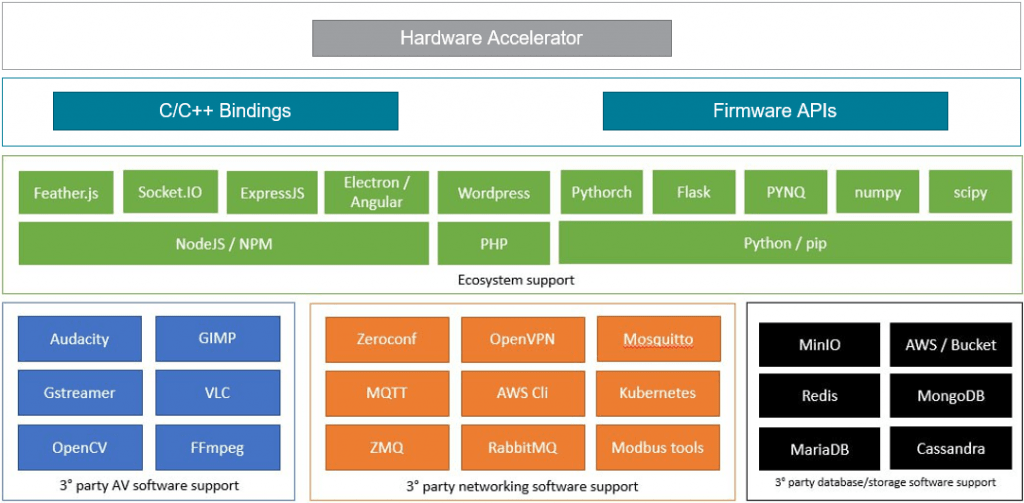
FAQ
What do you mean by real-time?
A real-time software system is a computer program that is designed to work “quickly” and efficiently in situations where time is critical. This type of system responds to inputs and events in real time, meaning that it processes data and provides feedback as quickly as possible with respect to the time constraints of the global system. Real-time software is commonly used in applications such as medical devices, aerospace systems, and control systems where even a wrong delay in response time can have serious consequences, for example, the airbag system (if the response delay is too short, may damage the eyes, if the response delay is too long, it cannot protect you).
Why FPGAs?
There are several compelling reasons why using FPGAs (Field-Programmable Gate Arrays) is a great option for executing machine learning tasks.
Firstly, FPGAs offer high levels of flexibility, which is crucial in the constantly evolving machine-learning landscape. With FPGAs, one can configure and customize the hardware for specific machine learning models, thereby achieving faster performance and better energy efficiency.
Secondly, FPGAs can provide higher parallelism compared to traditional computing architectures. This means that multiple calculations can take place simultaneously, leading to faster processing times and reduced latency. This can be especially useful in real-time machine learning applications, where quick decisions need to be made.
Thirdly, FPGAs consume less power compared to general-purpose CPUs and GPUs. This low power consumption makes them ideal for edge or cloud computing applications where power usage is a crucial factor. Moreover, FPGA-based machine learning solutions can provide improved performance per watt, leading to lower energy costs and a smaller environmental footprint.
Finally, FPGAs offer greater security, another crucial factor in machine learning. With FPGA-based machine learning, encryption can be built directly into the hardware, making it more difficult for malicious actors to compromise the system.
Overall, the flexibility, high parallelism, low power consumption, and superior security provided by FPGAs make them a compelling choice for machine learning applications. As machine learning models become more complex, and real-time decision-making becomes more important, the use of FPGAs is likely to become even more prevalent in the field.
Why the protocol support is important?
Supporting standard communication protocols in software is important because it enables seamless communication between different systems and devices. Standard protocols ensure that information is transmitted and received consistently, which facilitates interoperability and integration with other software applications. Moreover, they reduce the risk of data loss or corruption, enhance security, and improve reliability by providing a framework for error detection and correction. Standard protocols also ensure that the software can easily adapt to changes in technology and evolving communication standards, which helps future-proof the application and ensures its longevity. In short, supporting standard communication protocols is crucial for achieving effective and efficient communication between the software and other systems, as well as ensuring a seamless user experience.
What kind of licenses?
MuseBox License: Commercial License
MuseBox Evaluation License: Evaluation License




